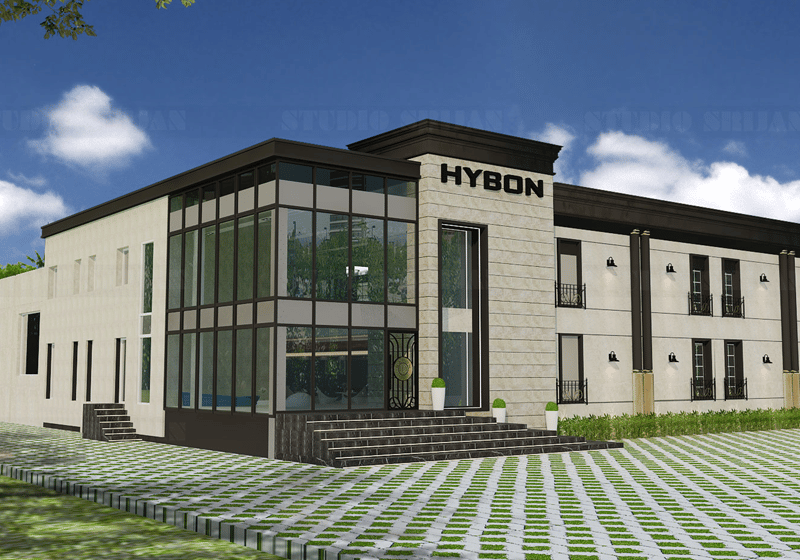Emerging trends in real estate as COVID-19-hit India eases lockdown
Arresting socioeconomic activities nationwide to control the spread of COVID-19 created human and economic upheaval. The cost of the sudden pause has been felt most in capital-intensive industries like construction, where a 12%-16% contraction in investment and a 13%-17% drop in revenues is estimated, compared to that of the previous year. Real estate comprises nearly 44% of the construction sector and is in dire need of revival.
Most real estate developers’ lack of sales, limited credit offtake and lack of alternative revenue streams have resulted in interest and debt coverage ratios falling, on average, to 1.2 and 1.5, respectively. This has prompted the creation of state and national subcommittees to recommend reprieves for the real estate sector. Foremost of these is a five-member committee headed by K.V. Kamath set up by the Reserve Bank of India (RBI). As lockdown gradually lifts, real estate stakeholders are assessing limitations and opportunities within asset classes to push for revival, which is estimated to occur within a year.
As lockdown gradually lifts, real estate stakeholders are assessing limitations and opportunities within asset classes to push for revival, which is estimated to occur within a year.
The residential segment comprises 43% of Indian real estate supply. Given that sales have been declining since the second quarter of 2019, and there has been a decrease in supply, the segment held ground and is still selling. Though sales declined by 40% on a half-yearly basis, the lack of new launches (down by 65% in the first half of 2020 compared to the first half of 2019) led to a reduction in unsold stock across India.
Housing finance companies reported a healthy uptake of home loans in the third quarter of 2020. This is driving demand in affordable and mid-segment housing. Given that unit pricing has been corrected by 10%-15% through discounts on basic price or offsets (inclusion of additional costs in total unit price), and interest rates for home loans have reached historic lows, demand for housing was expected to pick up by the current quarter. However, pricing might remain flat until the second quarter of 2021. It is estimated that positive price correction will set in earlier for markets like Bengaluru, with most other cities witnessing price increases between 2.5% and 5% by the fourth quarter of 2021.
The residential segment has witnessed strong demand from corporations keen to lease or buy a group of units from developers to house their staff to enable a safe, hygienic environment required for uninterrupted work that includes infrastructure like broadband and electricity. Although co-living, which was emerging as a new demand segment, saw a 40% drop in occupancy and was affected by unemployment, this segment is expected to see sharp recovery by the end of 2021, as more single, working professionals prefer these spaces.
Housing finance companies reported a healthy uptake of home loans in Q3 2020, which is driving demand in affordable and mid-segment housing.
Commercial real estate saw strong growth between 2018 and the first quarter of 2020, with a slowdown in leasing in the second quarter of 2020 due to lockdown. Leasing activity fell by 40% across India, with vacancy rates pushing up by 100 basis points compared to 2019. The impact of work-from-home trends adopted by corporations and information technology (IT)/IT enabled services companies, which traditionally drove demand, resulted in demand dropping by 45% on average across Pune, Bengaluru, Hyderabad, Chennai and the Delhi National Capital Region. Commercial rentals have been under pressure due to uncertain demand and companies pushing their requirements to the first quarter of 2021, resulting in either flat rentals or downward correction of 2.5%-5%.
The success of Mindspace-branded real estate investment trust (REIT) office properties increased confidence in the exit strategies of various institutional investors. This has prompted them to reassess the acquisition of commercial assets, which was suspended in the second quarter of 2020. With two to three more REITs likely to be listed by the end of 2021, the commercial market will rebound much earlier, in terms of investments, by the current quarter, though rentals were to lag by another quarter. Bengaluru was expected to make up for the lost momentum, though it was not expected to reach the high of 15.6 million ft2 set in 2019.
Retail real estate has probably seen more significant ups and downs in the last decade than any other asset class in India due to regulatory, financial and social changes. Retail supply trailed demand between 2015 and 2018, though, in 2019, supply and demand were the same. The total supply in the last five years was 18 million ft2, while demand was at 21.9 million ft2, reviving the asset class. Investments worth US$1.9 billion were brought in by institutional investment firms like Blackstone, Xander and ADIA. However, the stringent lockdown measure cast doubt on deals, with malls closed for months, resulting in revenue loss to both stores and developers. Continued restrictions on malls have prompted a shift in consumer spending from offline to online retail, resulting in a 77% drop in store revenues in malls. The sense of urgency is being felt. Many developers are renegotiating with occupants to have more revenue share and lower minimum guaranteed rent as part of their revenue strategy once they reopen. In fact, multiplexes that also continue to face lockdown restrictions are pushing for new revenue strategies with mall owners.
Recovery will be skewed to high (primary business) streets in the near future as restrictions are lifted and shops reopen for business. Rentals on high streets will continue to remain flat until sales revenues improve, which is likely to be the current quarter, in synchronization with the festive season. Any further restrictions will require reinventing the asset class, like what was seen in the U.S., where data centers are now operating from malls.
When lockdown began, the travel- and business-dependent hospitality segment felt the impact first, and occupancies fell by 45%. With the reopening of hotels in Q3 2020, the year is likely to end at occupancy around 30%, down from 66% in 2019. The hotel industry is expected to rebound by 2022, when travel and tourism are expected to reach pre-COVID-19 levels.
Average daily rates and revenue per available room are likely to be impacted by 20% and 50%, respectively, given the lockdown’s continued impact. The situation is compounded by the addition of nearly 7,900 rooms in 2019, as supply in the branded category took the total branded rooms in India to more than 150,000. To combat decreased demand, hotel rooms are being rented as office workspaces during the day, while property owners redesign the spaces to stay relevant as businesses reopen. Business travel and domestic tourism are expected to initially drive growth in hospitality, while MICE (meetings, incentives, conferences and exhibitions) and foreign travelers will continue to stay away for the year.
However, the warehousing segment shone brightly. It has seen an uptick since 2017, with an overall investment of US$6.5 billion through 2019. There is approximately 307 million ft2 of warehousing stock with only 15% vacancy. This growth of investment and supply has been dampened by the lockdown, which resulted in falling investments and net absorption of space by 30% as companies halted expansion plans. Post-lockdown, the shift to online retail promises to push demand for warehousing in India, which is still expected to be 25% lower than in 2019.
When lockdown was undertaken, the travel- and business-dependent hospitality segment felt the impact first, and occupancies fell by 45%.
Institution-led investment and development will continue to drive organized space, though rentals are expected to remain stable until the first quarter of 2021, due to stock overhang. Tier-1 cities will continue to drive demand, though Tier-II and -III cities will emerge as new hotspots, but for smaller warehouses offering up to 10,000 ft2.
Global supply chain disruptions with companies looking for alternatives to China have resulted in the Indian industrial sector seeing US$1.5 billion in committed investments in electronics. The total potential investment is pegged at US$153 billion in the next five years, which will require robust warehousing infrastructure, pushing up the segment’s attractiveness to investors.
Get more of Elevator World. Sign up for our free e-newsletter.






